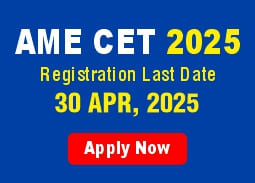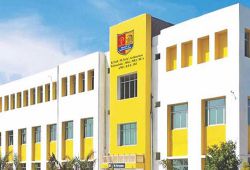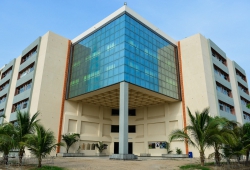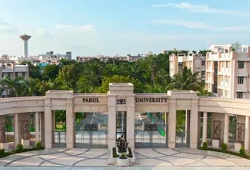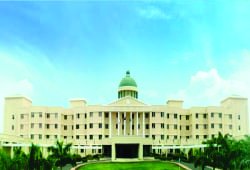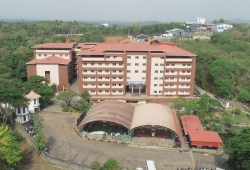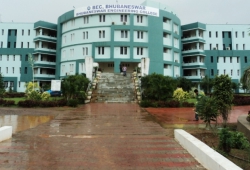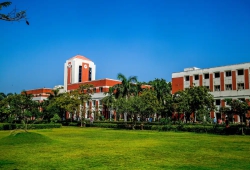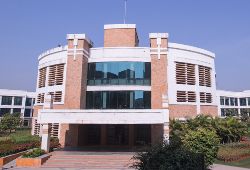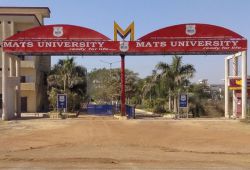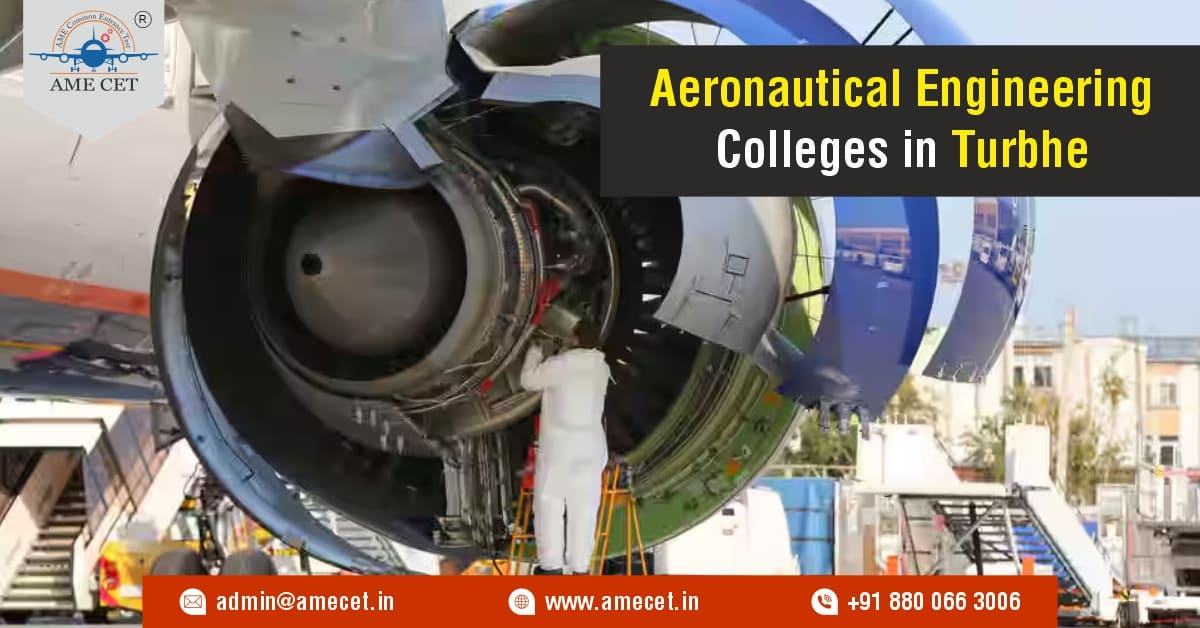
Aeronautical Engineering Colleges in Turbhe
Turbhe, located in Navi Mumbai, is emerging as an educational hub with excellent aeronautical engineering colleges. Geographically, it enjoys a prime location near Mumbai, India’s aviation and aerospace industry center, providing students with exposure to major aeronautical companies, airports, and research institutions. The city’s coastal climate ensures a pleasant environment for learning. Biologically, Turbhe benefits from a mix of urban and green spaces, offering a balanced atmosphere for students. Culturally, it reflects Maharashtra’s rich traditions while embracing modern development, giving students a vibrant academic and social life. With well-equipped laboratories, experienced faculty, and industry collaborations, aeronautical engineering colleges in Turbhe provide students with hands-on training and promising career opportunities in the aerospace sector.
Duration of the Aeronautical Engineering Course
The Aeronautical Engineering degree duration is around four years, during this time period students get proper training for curriculum and it also provides foundation in various essential subjects including aerodynamics, materials science, aircraft design, propulsion systems, and systems engineering. It combines theoretical education and practical training, for development of skils of each studentand knowledge required for a successful career in Aeronautical engineering. Those who are trained from this course will also be prepared to start a career in aircraft or space vehicle design, manufacture, maintenance, and research and development at the end of these four years.
Why Choose Aeronautical Engineering Colleges in Turbhe?
Turbhe, located in Navi Mumbai, is a prime educational hub with excellent infrastructure, making it an ideal destination for aeronautical engineering studies. The region is well-connected to major industrial and aerospace sectors, providing students with numerous internship and job opportunities. Geographically, its proximity to Mumbai's aviation industry allows hands-on training and exposure to real-world aerospace applications. The presence of research centers and technical institutes enhances learning experiences. Biologically, Turbhe enjoys a moderate climate, offering a comfortable academic environment. Culturally, students experience a vibrant city life with a mix of traditional and modern lifestyles. With industry collaborations, advanced laboratories, and skilled faculty, aeronautical engineering colleges in Turbhe offer a promising future for aspiring aerospace professionals.
Eligibility Criteria for Best Aeronautical Engineering Colleges in Turbhe
To gain admission to Aeronautical Engineering Colleges in Turbhe, candidates must meet specific criteria, including:
-
Educational requirement: The candidate should have completed their 12th Class with mandatory subjects as Physics, Chemistry and Mathematics.
-
Entrance Examinations: Candidates must clear either the AME CET or JEE Main or JEE Advanced or other comparable national or state level entrance examinations.
-
Minimum Percentage: The candidate is required to have achieved a minimum of 50% aggregate marks in 12th class or equivalent.
-
Nationality & Age: The age and nationality of the candidates seeking admission in Aeronautical Engineering Colleges in India may be required to be specified in some cases.
Campus Facilities at Best Aeronautical Engineering Colleges in Turbhe
Aeronautical Engineering Colleges in Turbhe offers World Class and high quality facilities. These Facilities in these institutions teach both theoretical and practical knowledge to their students in the aerospace industry. Besides the private institution focus on a well equipped learning environment with the most captivating infrastructures, some campus facilities those so far in existence are discussed below.
-
Aircraft Maintenance Hangars: Practically, most campuses have hangars as part of the Aeronautical Engineering Colleges in Turbhe that may even have real aircraft. And aircraft parts inside the campus would not be left out of the list, from which students would be taught how to maintain, service and repair an aircraft under the expert supervision.
-
Aviation Workshop: In addition, many cutting-edge airplane workshops minimize the practice of aircraft and tools for aerospace systems within the Institution of Aeronautical Engineering Colleges in Turbhe. Effective performances usually include ground repair and maintenance areas such as engine repair, composite material testing, structural analysis, avionics systems, etc. Simulators and mock-up models need to be kept on board also.
-
Research Centres: For example, institutions of Aeronautical Engineering usually stand-up various aviation training centers where all required support system needed in order to research, do projects and invent aviation science in India through a great number of indigenous technology for UAV and aerodynamics and propulsion systems that the country has ever known.
-
Libraries and E Learning Platforms: Libraries are well established and you will find textbooks, complete literatures, articles, journals, research papers, and any other means at many colleges. Furthermore, the mostly autonomous Aeronautical Engineering College, or simply engineering colleges in India as a whole, offers digital libraries facilitating their students, besides regular libraries providing any student easy access to a plethora of study material specific to the field, through means of technology such as the so-called e-learning platforms.
-
Sports Facilities: Aeronautical Engineering Colleges in Turbhe include sports fields, gyms, and facilities for both indoor and outdoor sports to foster physical development or healthy work life balance, and for holistic devekopment it includes cultural clubs, music rooms, fests, technical competitions and hobby spaces encourage students to engage in extracurricular activities.
Syllabus for Aeronautical Engineering Colleges in Turbhe
Aeronautical Engineering Colleges in Turbhe provides a well designed course that involves subjects related to the aerospace or aviation field. This 4 year engineering program contains the following subjects are given below:
Ist Year
Semester 1
- Engineering Mathematics - I
- Engineering Physics
- Engineering Chemistry
- Basic Electrical and Electronics Engineering
- Engineering Mechanics
- Engineering Drawing
- Workshop Practice
Semester 2
- Engineering Mathematics - II
- Engineering Materials
- Computer Programming and IT
- Engineering Thermodynamics
- Engineering Mechanics of Solids
- Communication Skills
IInd Year
Semester 3
- Mathematics - III
- Fluid Mechanics
- Introduction to Aeronautical Engineering
- Aircraft Systems and Instruments
- Aerospace Structures - I
- Materials Science
- Computer-Aided Design (CAD)
Semester 4
- Numerical Analysis and Methods
- Aerodynamics - I
- Aircraft Propulsion - I
- Aerospace Structures - II
- Control Engineering
- Electrical Circuits
- Environmental Studies (Elective)
IIIrd Year
Semester 5
- Aerodynamics - II
- Aircraft Propulsion - II
- Aircraft Design and Performance
- Flight Mechanics and Control - I
- Aerospace Materials and Manufacturing
- Instrumentation and Control Systems
Semester 6
- Aircraft Stability and Control - I
- Aircraft Maintenance and Repair
- Aircraft Systems Integration
- Heat Transfer
- Avionics and Navigation Systems
- Project Work - I
IVth Year
Semester 7
- Flight Mechanics and Control - II
- Aircraft Stability and Control - II
- Space Technology and Rocket Propulsion
- Aircraft Systems Engineering
- Aircraft and Rocket Propulsion Systems
- Aircraft Design - I
Semester 8
- Avionics and Communication Systems
- Aerospace Instrumentation
- Aircraft Design - II
- Project Work - II
- Elective Courses (Specializations)
Admission Process for Aeronautical Engineering Colleges in Turbhe
Here are the steps for Aircraft Maintenance Engineering Common Entrance Test AME CET to get admission in best Aeronautical Engineering Colleges in Turbhe:
Step 1: Application Submission - First, the candidate has to submit through the AME CET official website. They need to fill personal information like name, education, contact, and address. Any misinformation can result in a disqualification of the candidate.
Step 2: Entrance Exam - Once the application form has been submitted and accepted, candidates should appear for the AME CET Enterance Exam on the specified date.
Step 3: Result Declaration - After the entrance exam, the candidate’s performance will be assessed and from those results AME CET will release results and rank scorecards for those deemed worthy of the scholarship, counseling, and seat allocations.
Step 4: Counseling Process: Qualified candidates has to attend the AME CET counseling sessions and during counseling, candidates can choose their preferred Aeronautical engineering colleges and specializations based on their ranks.
Step 5: Document Verification: After completing counselling students required to submit class 10th and 12th mark sheets, a score card of AME CET exam, identity proof like an Aadhar card, and a few passport size photos.
Step 6: Seat Allotment: Based on the candidate's AME CET rank, preferences, and seat availability, colleges offer seat allotments letter to student who completed counselling process.
Step 7: Fee Payment: Once a seat is allotted, candidates must pay the admission fee within the specified deadline. Fees structure of the colleges is varies across different colleges in all over India mainly covers tuition fees, registration charges, and other academic expenses
Step 8: Reporting to College: After completing the admission formalities, students must report to the allotted college on the specified date.
Top Recruiters for Aeronautical Engineering Graduates
In India
- Indian Space Research Organization (ISRO)
- Defence Research and Development Organization (DRDO)
- Hindustan Aeronautics Limited (HAL)
- Bharat Heavy Electricals Limited (BHEL)
- National Aeronautics Laboratory (NAL)
- Tata Advanced Systems
- Mahindra Aerospace
- L&T (Larsen & Toubro)
- Indigo Airlines
- SpiceJet
- Vistara Airlines
Global Recruiters
- NASA (National Aeronautics and Space Administration)
- Boeing
- Airbus
- Rolls-Royce
- Lockheed Martin
- Northrop Grumman
- SpaceX
- Blue Origin
- Raytheon Technologies
- General Electric Aviation
Pursuing aeronautical engineering in Turbhe allows students to access top-tier education, industry connections, and modern infrastructure. The city’s strategic location, cultural diversity, and growing aerospace opportunities make it an excellent choice for aspiring engineers.
